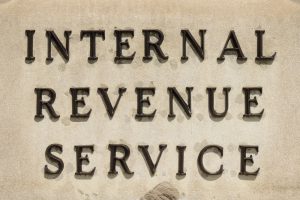One of the aspects of handling an estate that can prove problematic is when the IRS puts a lien on property. The IRS is capable of putting a lien on a piece of property or an asset in order to recover money that is owed to them after a person passes away. 
Internal Revenue Service procedures have been updated in the last several months. No announcement from the IRS was given in June 2016 when the agency consolidated all responsibility for processing form 4422. This paperwork is filed when an estate plan’s transfer assets prior to filing forms 706, if those same assets are a subject to an estate tax lien as outlined under internal revenue code section 6324. Obtaining a lien release after filing a form was a routine matter in the past.
However, the IRS has been mandating that all of the net proceeds from the sale of that property be put into an escrow account or the estate tax account directly with the IRS. The IRS issued a statement earlier in 2017 acknowledging that they were reviewing and updating their process. A memorandum was issued on April 5th about the internal guidance for processing requests and discharging the estate tax liens. If you have concerns about qualifying for the estate tax and strategies and steps you can take, as well as how it may affect your future beneficiaries, consult with a knowledgeable estate planning attorney today.
